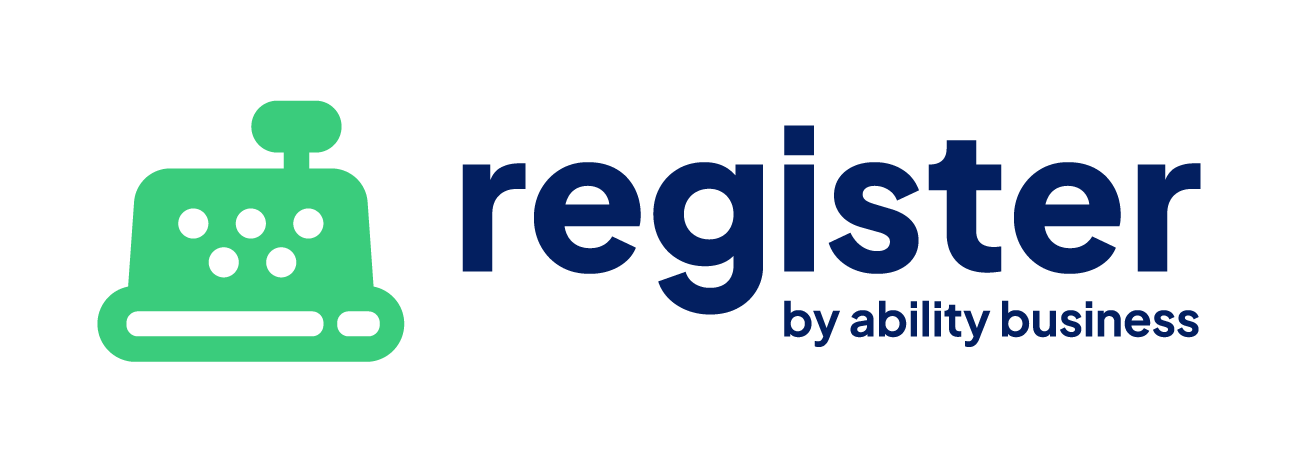Build Workflows That Are Clear, Usable, and Built for Real-World Success #
A workflow is only as good as its parts. If key components are missing, unclear, or out of order, the workflow will confuse more than it helps. But when each element is in place, you create a system that drives results, accountability, and team confidence.
This guide walks you through the essential pieces of an effective workflow and how to build one that actually works in the day-to-day reality of your business.
Why Workflow Design Matters #
Workflows aren’t just visual aids or training tools. They are operational blueprints that help teams:
- Understand what’s expected
- Move faster with fewer mistakes
- Coordinate across roles and systems
- Maintain standards—even during change
Get the result you expect by creating a workflow that is both repeatable and in the right order.
The 6 Critical Pieces of an Effective Workflow #
1. A Clear Trigger (Start Point)
What starts the workflow? Is it a customer request, a form submission, a system alert, or a completed step in another process?
Examples: “Customer signs contract” or “Inventory hits reorder threshold”
2. Defined Roles and Responsibilities
Who does what? Each step should clearly show who is responsible for taking action—or approving it.
Examples: “CSR enters order,” “Technician closes out job,” “Manager approves refund”
3. Sequential Steps (In Logical Order)
Each action should follow a natural flow that reflects how the task is done in real life.
Avoid skipping steps, doubling back, or leaving ambiguity like “make sure it’s ready.”
4. Decision Points (If/Then Logic)
Many workflows include forks or conditions. These should be shown clearly to avoid confusion.
Example: “If job total is over $5,000 → Send to Finance for review”
5. Integrated Tools or Systems
If software, platforms, or templates are part of a step, include them in the workflow.
Examples: register, QuickBooks Online, form templates, email systems
6. Clear Endpoint (How It Ends)
What signals that the workflow is complete? Define the final action or status so there’s no doubt when the task is done.
Examples: “Invoice marked paid in QuickBooks” or “Follow-up email sent to customer”
Summary: Workflow Building Blocks #
| Workflow Element | Purpose |
| Trigger | Defines when and how the process starts |
| Roles/Responsibility | Shows who owns each part |
| Step Sequence | Keeps the process flowing logically |
| Decision Points | Handles exceptions or branching logic |
| Tools/Systems Used | Integrates software and reference assets |
| Endpoint | Confirms the process is fully completed |
Why It Matters: Features & Benefits Recap #
- Clarity for Everyone
No guessing about next steps or who’s in charge. - Fewer Mistakes, More Speed
Efficient handoffs and well-ordered steps keep things moving. - Scalability and Delegation
You can assign, teach, and replicate with confidence. - Built for Reality, Not Just Theory
Good workflows match how your business actually works—not how it looks on paper.
Final Thoughts #
Workflows are living tools that guide your business toward consistent results.
With these six components in place, your workflows will be stronger, smarter, and easier to follow because they’re built right from the ground up.


